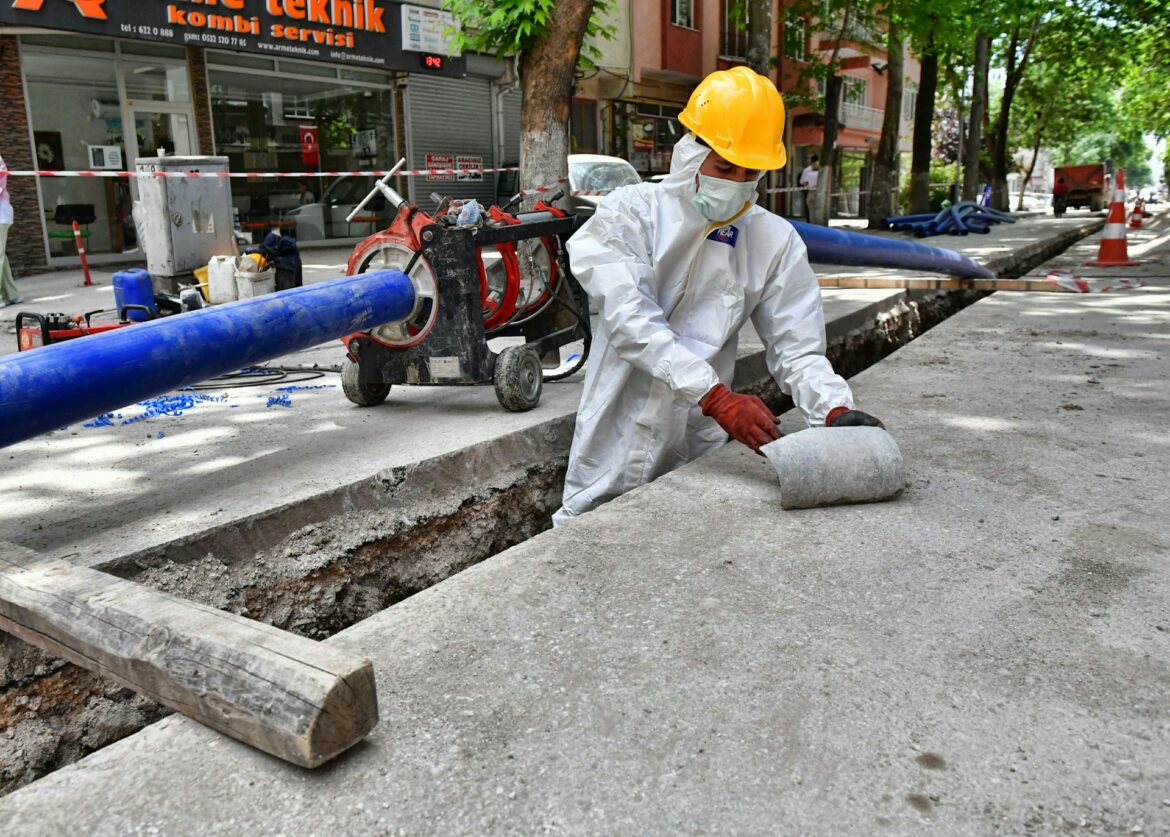There is a building boom in the Australian state of NSW as the pressure mounts to produce more homes for a growing population. At the same time, asbestos is being detected every day in mulch in a growing number of public areas such as parks, hospitals, and schools, as well as some residential sites in Sydney, the ACT and now in Queensland.
A leading Australian expert on asbestos management, John Batty, Managing Director of EDP Consultants, part of the RSK Group, has called for community vigilance to stop asbestos at the source. This action will prevent it getting into the supply chain and end up in mulch at public sites, potentially harming lives. John is also a member of the Asbestos Education Committee of the Australian National Asbestos Awareness Campaign and is a founding member and former president of the Asbestos and Hazardous Materials Consultants’ Association.
Regarding this current issue, John says the community and businesses must be vigilant about how asbestos is being allowed to enter the supply chain through uncontrolled demolition and disposal practices ending up in mulch and potentially other recycled products. John, who has 18 years’ experience in asbestos and hazardous materials management in Australia, the UK, Europe, and North Africa, points out that collective action can stop it at the source.
“When construction companies, builders, and mum-and-dad renovators demolish old structures, if an asbestos survey isn’t undertaken, there is a risk that the demolition may impact directly on unidentified asbestos-containing materials. This may inadvertently contaminate the building rubble with asbestos being mixed in with bricks, tiles, and timber. This can then lead to asbestos entering the recycling supply chain where items such as timber are being mulched up to be used as part of garden mulch. As asbestos fragments may be small, there is a risk that they bypass the quality control system and end up in garden mulch. Even a small amount of asbestos presents a risk as the hazard is being reintroduced into the community,” says John.
“Homeowners, especially, need to be aware that one in three Australian homes contain some form of asbestos, especially those constructed before 1990. Australia had a true love affair with asbestos, with over 3,000 different products found to contain asbestos. That is why it is so important to identify the type and location of any asbestos-containing material within a property before any refurbishment or demolition work is undertaken.”
John also cautions homeowners to be asbestos aware, particularly when undertaking any maintenance on or cleaning asbestos-containing materials.
“EDP was recently called out to resolve an asbestos issue in Sydney where a homeowner engaged a handyperson to pressure wash their corrugated asbestos cement roof. This caused delamination of the cement, causing harmful asbestos fibres to spread throughout the area. It contaminated the house, garden, boundary fence, the neighbour’s house, and parked cars on the street. This posed a serious risk of asbestos exposure to not only the handyperson, but to the property owner, neighbours and public.
“The neighbour called SafeWork NSW to complain, the property owner was hit with a clean-up notice and the handyperson did a runner. The final clean-up bill was more than $100,000, as all areas had to be cleaned. This included grass, garden beds and even trees having to be removed as asbestos waste,” says John.
John said there is a way forward through this crisis if we all treat asbestos with respect and ensure we follow current regulations to identify, remove and certify the removal of asbestos. This will ensure we keep asbestos out of the mulch supply chain and in licensed landfill where it belongs.
Builders, homeowners, renovators, and tradesmen should engage a licensed asbestos assessor or competent person to undertake an intrusive and destructive asbestos assessment prior to any works to ensure asbestos is appropriately identified. It should be safely removed by a licensed asbestos removal contractor and be given a final clearance certification to note the area is safe to reoccupy and the remaining structure is safe to demolish.
He added: “Don’t wait until the demolition has started. Asbestos is not a ‘do-it-yourself’ job. Similar to engaging an electrician or plumber, ensure you engage an asbestos professional at the start. That way, we’re limiting the community’s exposure and creating a safer environment for everyone.”
